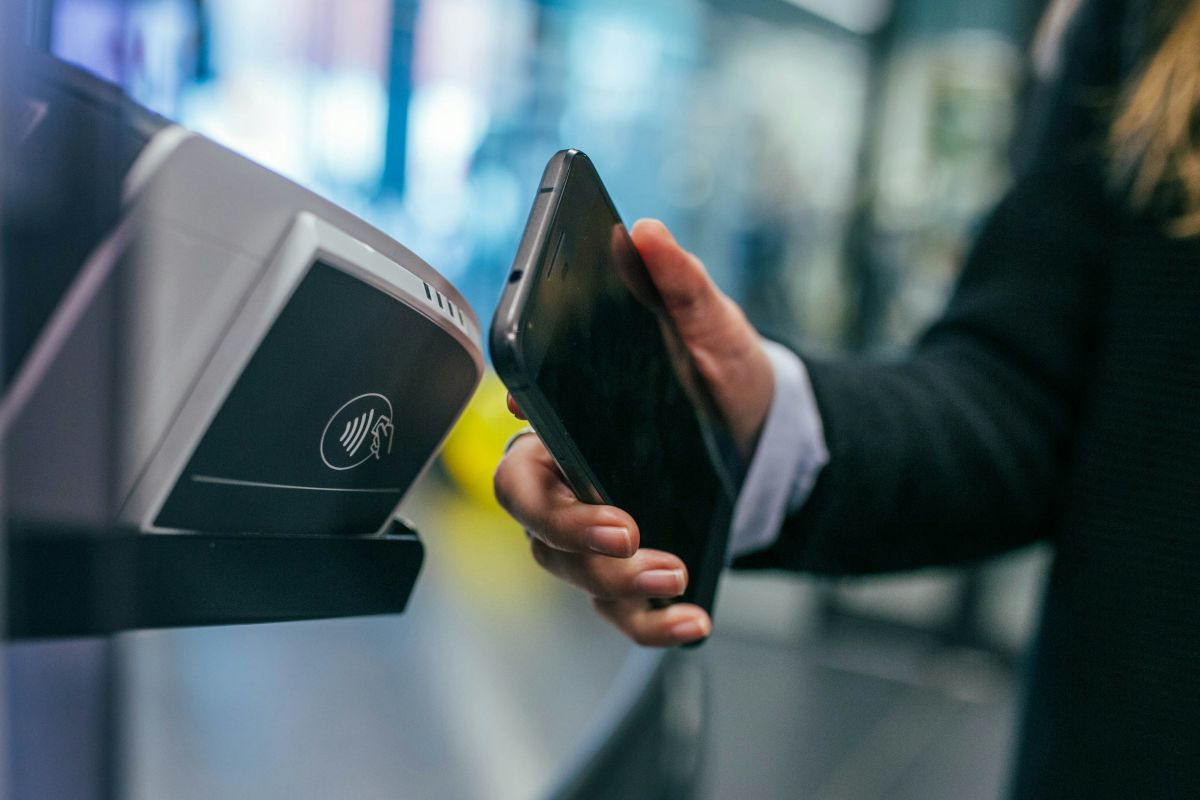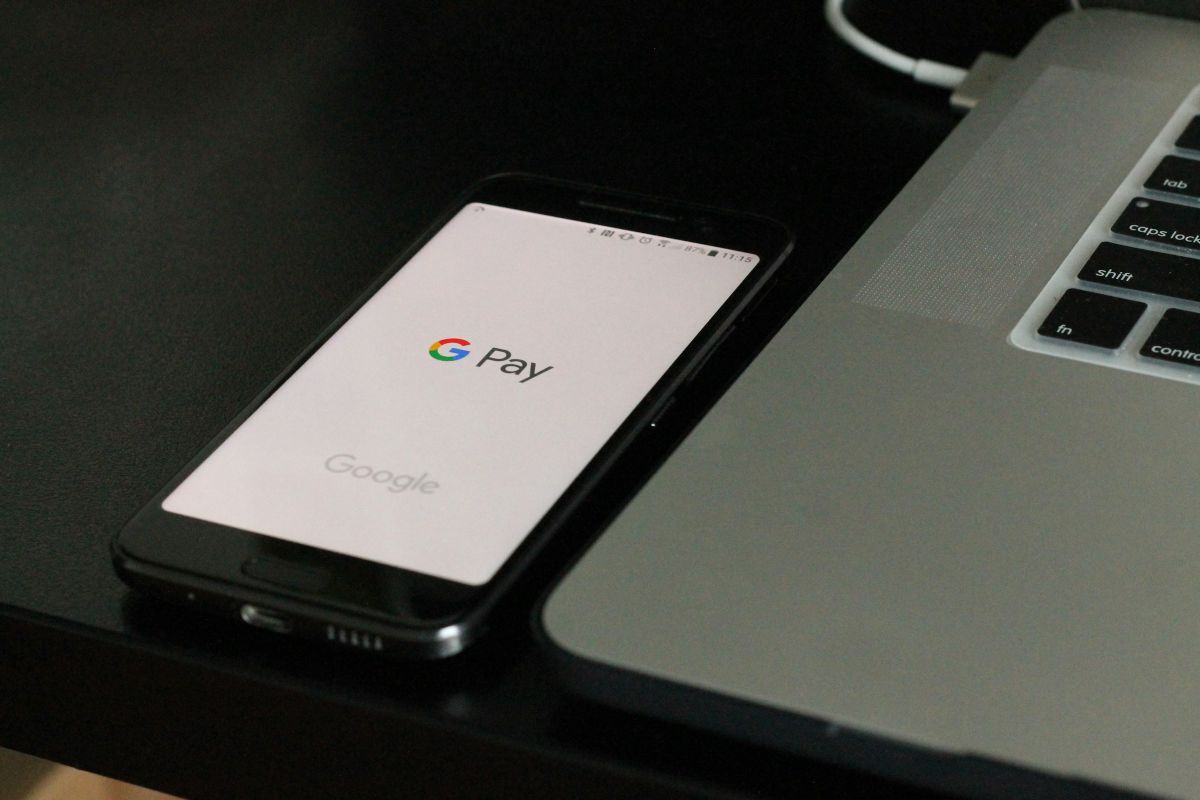
In our fast-moving digital world, mobile payments have come a long way. But as we embrace the ease of smartphone payments, one question remains: what’s next?
Here, we explore the cutting edge of payment innovation beyond screens, ushering in an era where our devices —even our clothes —might store our wallets.
Dive into “the evolution of mobile payments: what lies ahead after smartphones?” and discover the full range of technologies set to transform how we transact.
The Rise Of Mobile Payment
Mobile payments have profoundly impacted finance, a transformative development. In 2022, this market was valued at $972.40 billion and is projected to surge at an impressive 14.3% compound annual growth rate (CAGR), reaching $587.52 billion by 2030. The rise of smartphones, tap-to-pay convenience, and society’s gradual shift from physical currency drive this significant growth.
Mobile payment technology originated in Finland in 1997 and has evolved considerably, with Gen Z leading adoption today. Consider Apple Pay usage statistics. By April 2023, in the US alone, roughly 55.8 million people used it for in-store purchases – surpassing even contactless card transaction volumes – a testament to how quickly this mode has permeated consumer-business financial exchanges, indicating no slowing adoption rates soon.
Mobile payments represent a fundamental shift in commerce practices across diverse global markets. A prime example of this integration is seen in the gaming industry, particularly with progressive slots online and other casino games.
These popular casino games have embraced mobile payment methods, allowing players to conveniently deposit funds and win large jackpots directly from their smartphones, merging advanced financial technology with modern gaming experiences.
Advancements Shaping Mobile Payments

Mobile payments are evolving rapidly, fueled by cutting-edge technologies. Near Field Communication (NFC) and QR codes are enableing today’s transactions. However, these innovations promise even more groundbreaking payment methods.
Looking ahead, these technologies herald an era of revolutionary payment solutions.
Continuous Power and Longevity
Seamless mobile payments require devices constantly charged. Wireless charging advances, coupled with improved battery life, make this feasible. Anytime wireless charging boosts convenience, ensuring operational devices for transactions.
Better batteries mean prolonged operation without recharging, providing consistent access to payment apps without battery drain concerns. These enhancements make mobile payments more convenient by addressing power availability.
Advancements in battery technology lead to better performance and longer battery life. This increased uptime translates into reliable access to mobile payment apps without worrying about depleted phone batteries.
Camera Upgrades Boost QR Payments
Improved smartphone camera quality has been pivotal for encouraging QR code-based mobile payments, creating a fresh avenue for digital transactions. The impact of enhanced camera technology has been profound in developing payment applications.
Mobile payments allow people to transact by scanning a merchant’s code through their phone’s camera. This straightforward method for paying has made mobile payments more accessible and popular.
Digital Wallets: The Heart of Modern Mobile Payments
Digital wallets like Apple Pay, Google Pay, Samsung Pay, and Cash App are central to mobile payment technology. Their convenient, widely available, and secure features make them a favored option amongst consumers.
They’re easy to use, ubiquitous, and robustly secure, making digital wallets very popular.
Flip Phones and Compact Devices
Foldable phones like the Motorola Razr and smaller handsets fit into the evolving mobile payments landscape. Their compact designs, with auxiliary screens, enhance user-friendliness. You can check alerts or access payments without entirely unfolding – boosting convenience. Such innovation may sway buyers towards these models, increasing mobile payment engagement.
Models with foldable displays and compact builds add diversity. Features letting you preview content without opening fully could drive adoption, as they improve usability for payments.
Affordable Phones and Payment Accessibility
Cheaper smartphones have helped expand mobile payment systems to more people across socioeconomic levels.
As production costs fell, the technology enabling mobile payments became more widely available – especially in developing markets. This led to affordable phones, and with this functionality hitting the market, access was improved.
Budget-friendly handsets played a crucial role in making mobile payments inclusive. With lower smartphone costs, the underlying tech spread widely, even reaching developing nations. So cost-effective yet capable devices became available.
Mobile payments can now happen on budget smartphones. Affordable Android phones like Pixels come with Near-Field Communication (NFC) and good cameras. These features let people use mobile payment apps, no problem. Low-cost phones work as well as high-end iPhones for mobile payments.
The growth in reasonably-priced smartphones means more people can use mobile payments. With affordable devices available worldwide, mobile payments have become more common for financial transactions globally.
Security and Trust in the Mobile Payment Landscape
As mobile payment use rises, so does the focus on security and trust. Biometrics like fingerprint scanning and face recognition strengthen mobile payment security.
Adding this personal layer safeguards transactions. Technologies like encryption and tokenization secure sensitive data transfers for mobile payments.
To combat risks like fraud and data breaches, mobile payment security defenses constantly upgrade. Systems meet regulations like PCI-DSS, GDPR, and PSD2 for data protection. As mobile transaction advancements occur, privacy rights laws adjust accordingly.
The future holds enhanced security through AI and machine learning. This will improve analyzing user habits, spotting fraud fast – promising increased personalization and stronger transaction defenses on popular digital finance platforms.
Mobile Payments: Emerging Trends

Mobile payments are changing rapidly, with several exciting new trends emerging, including:
- AI and Internet of Things convergence
- Voice-activated payments
- Augmented Reality payment systems
- Blockchain technology applications
These innovations are shaping an intriguing future for mobile transactions.
IoT Integration with Mobile Payments
The Internet of Things (IoT) merging with mobile payments is a notable trend. IoT devices like smart kiosks and wearables enable cashless, cardless transactions easily.
Various industries, such as retail, transport, and health, are automating payment processes for services with IoT. This streamlines operations, enhancing consumer experiences.
IoT innovations are being incorporated to facilitate convenient payments without physical cash or cards. The resulting automation fosters efficiency while improving user experiences.
IoT powers customized offers and rewards specific to each person’s habits and preferences. This elevates personalization in mobile payments.
Voice-Activated and AR Payments
Digital assistants like Alexa and Google Assistant allow voice-activated payments, where you can do transactions just by speaking commands. Voice purchases, even phone calls, can now happen hands-free. This emerging trend in mobile payments adds convenience and interaction.
AR is changing retail by letting customers virtually try on products and buy things in an immersive shopping experience in physical stores. These make mobile payment processes interactive, enhancing user engagement.
Blockchain and Cryptocurrency Adoption
Blockchain technology facilitates services like lending, borrowing, and DeFi trading without middlemen. This secure, transparent technology enables faster transactions. It’s being considered for mobile payments to ensure security and speed.
Cryptocurrencies’ mainstream acceptance may integrate them into mobile payment platforms, further expanding this landscape. As crypto rises, expect it to influence mobile payment ecosystems.
Conquering Setbacks and Fostering Implementation
The mobile payment field keeps growing, yet obstacles persist. Finding solutions demands cooperation amongst finance firms, tech companies, and regulators. Commitments to develop digital infrastructure and adopt universal guidelines are key.
Open data access via APIs could lead to refined, efficient mobile payment products. Expanding mobile banking accessibility, especially in underserved regions, necessitates major investments into digital frameworks.
Establishing industry-wide standards, cultivating sturdy partnerships within the sector, and refining regulations are critical to addressing compatibility issues across diverse mobile payment platforms and bolstering transaction safety.









